I have long favored the use of technology. It has brought a world of information and communication to our fingertips. We have seen, however, technology can also be used in ways to "control" citizens behavior. Witness the intrusions from the Russian government in our 2016 election process. Reckless and false news reports were published on our trusted Facebook, Youtube, Google and all manner of electronic delivered media. "Fake news" but really hard to detect!
This is the first stage of technology being used in a "controlling" manner. This is not a rumor, it actually influenced peoples opinions in our election process. I know some of you will not believe that it happed but "stay tuned" more proof will emerge.
We need to take the time to "fact check" the news we're consuming. When it comes to "fact checked" "verifiable news" "go analog"! Most trusted newspapers still print news that has been fact checked. It's hard to erase an article that's printed on paper. "My" favorite source of news outside of the newspaper is NPR news and documentaries such as PBS Frontline. There are certainly many other sources of "reliable" news. Just make sure your sources are verified. Think about it this way . . . would you eat food that is randomly presented to you by strangers? Probably not! But that's what we do when we read unverifiable stories on the internet.
Now another form of "behavior control" is emerging in China. Looks like life will dramatically change for the Chinese people. Welcome to China's social credit system!
Check this out!
Our Club PUB has been created to entertain and inform. If you have an issue you wish to share let us know.
Harv

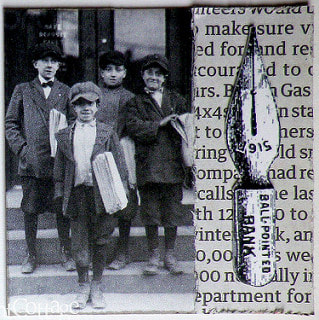

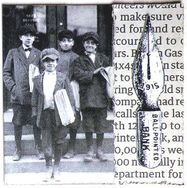

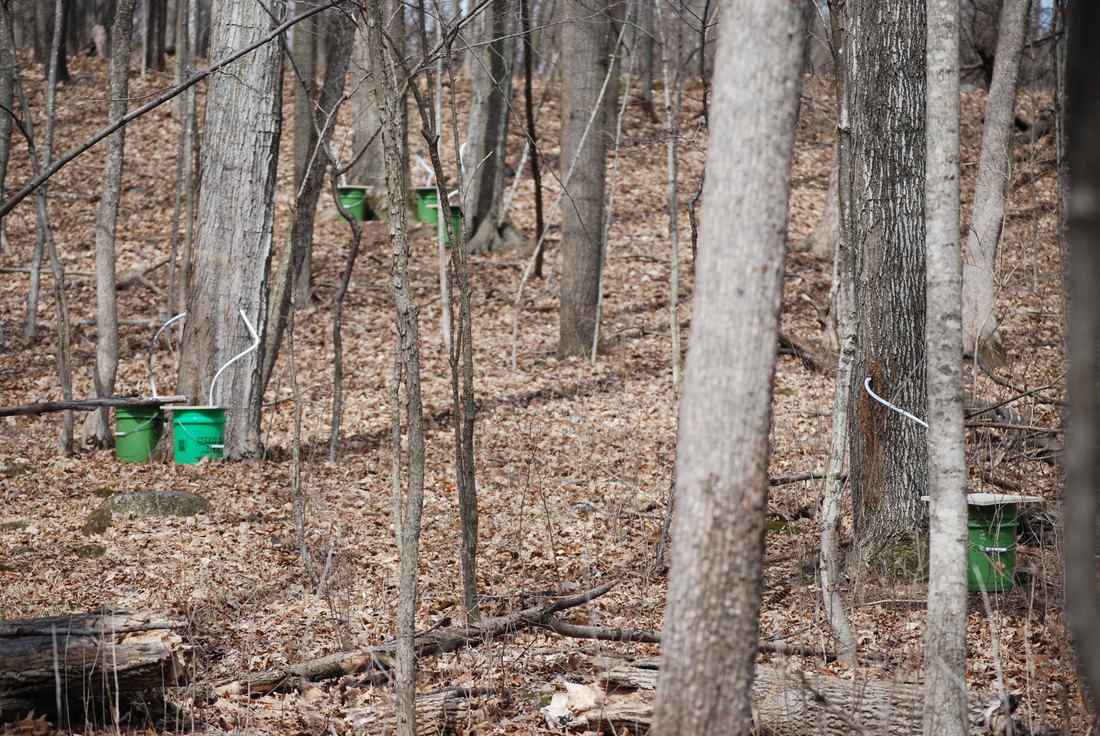
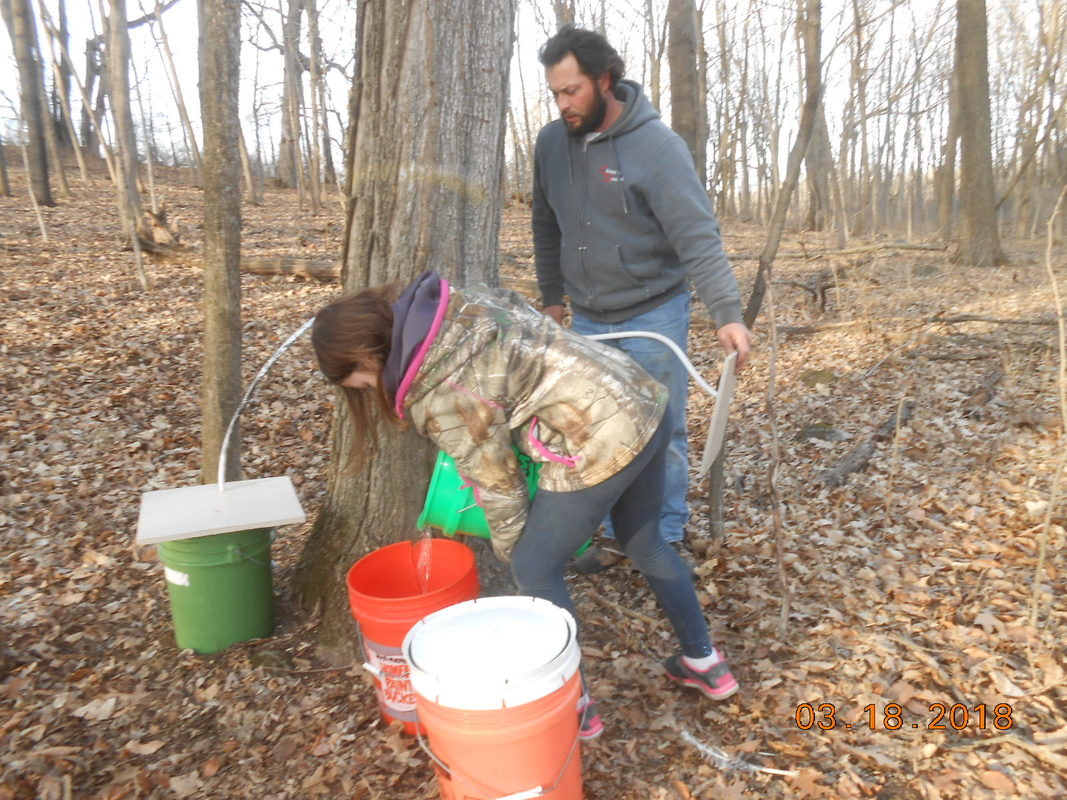
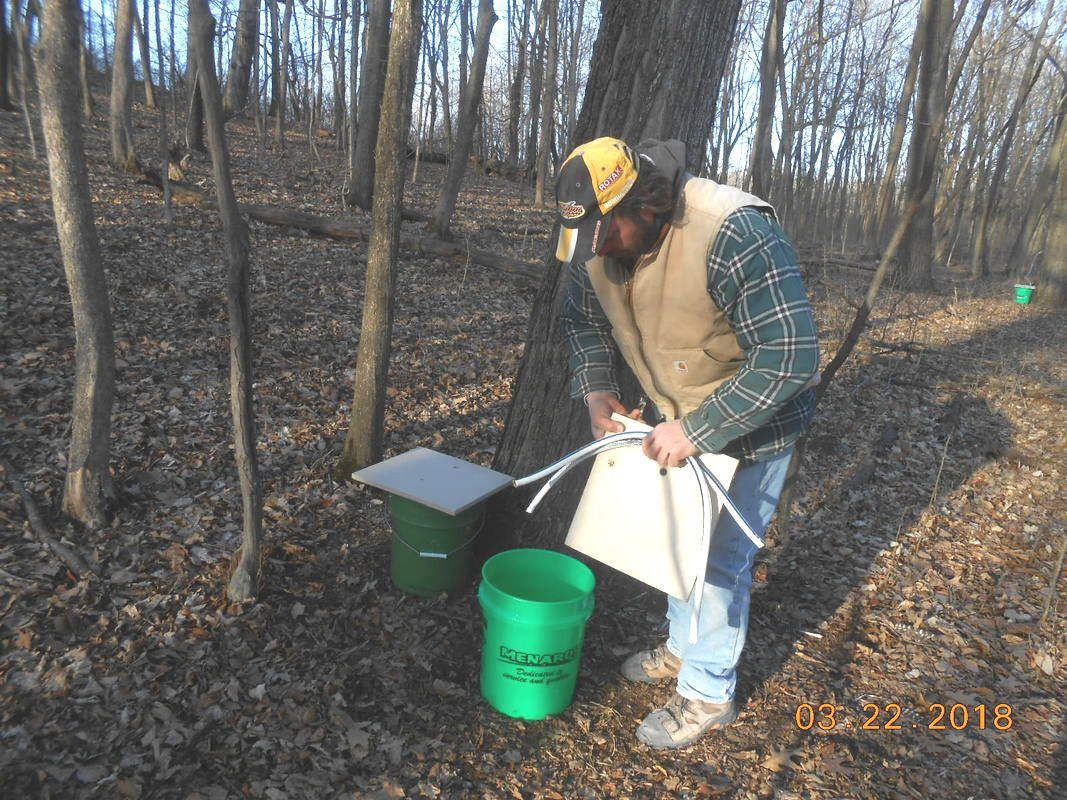
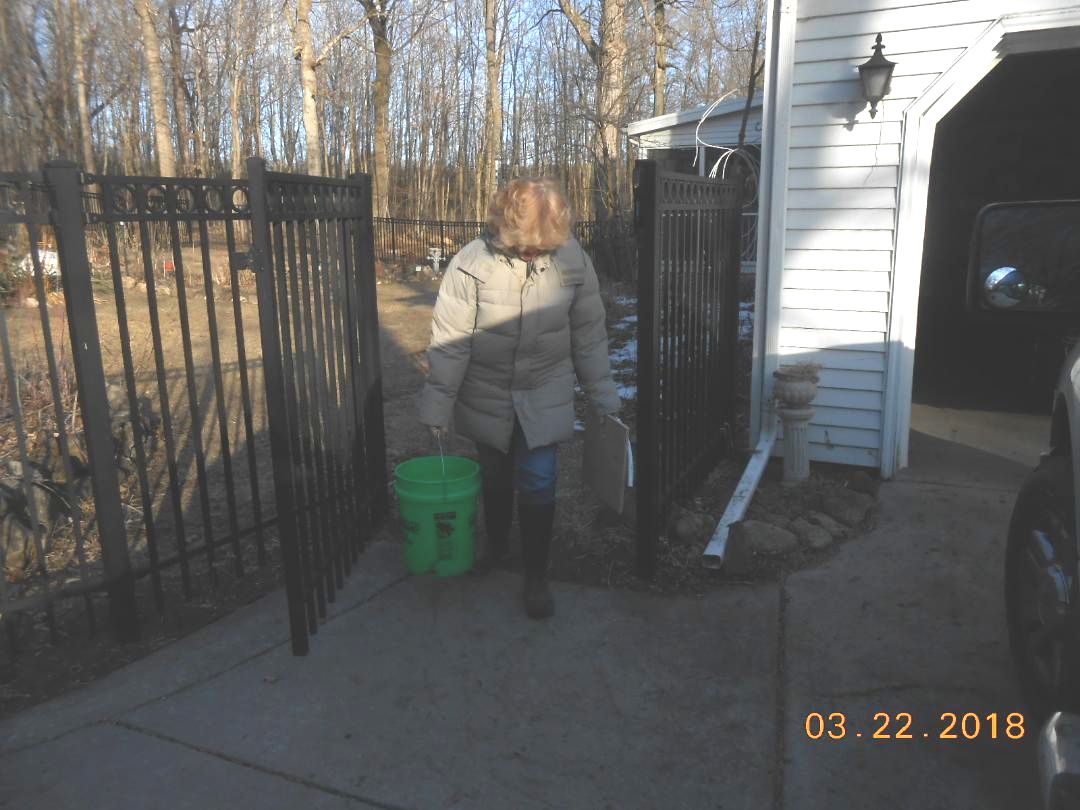

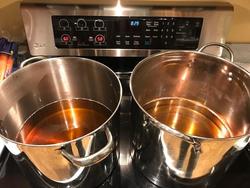
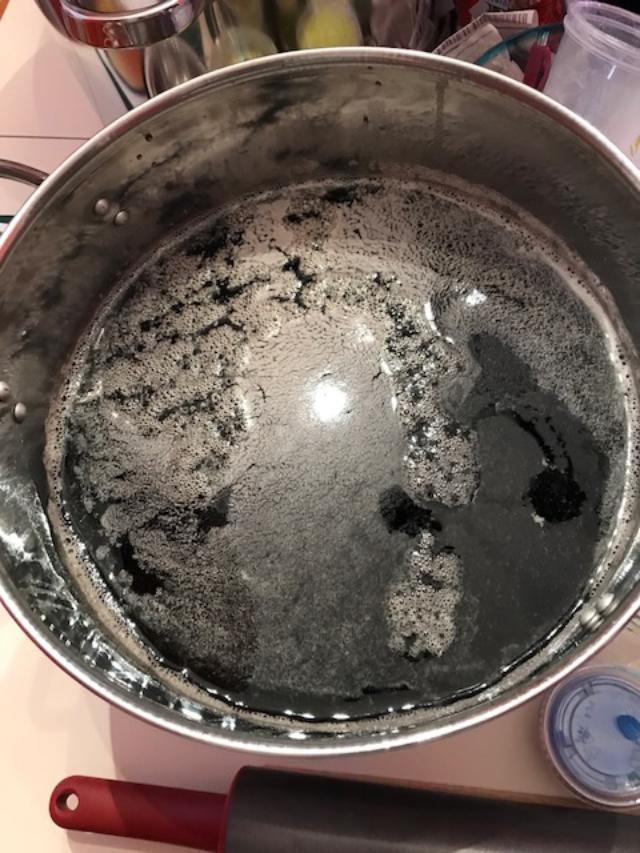
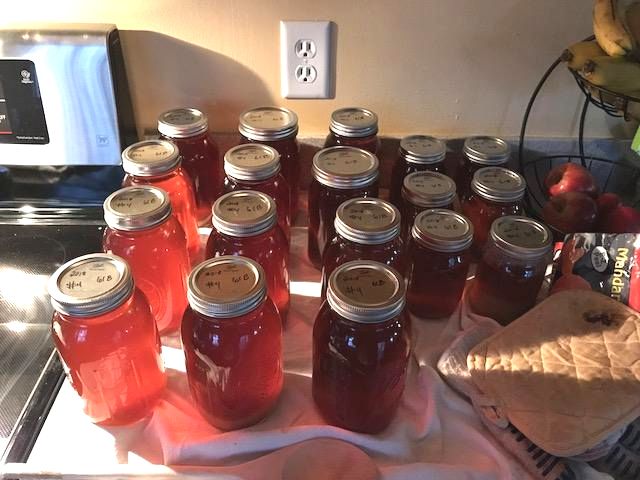
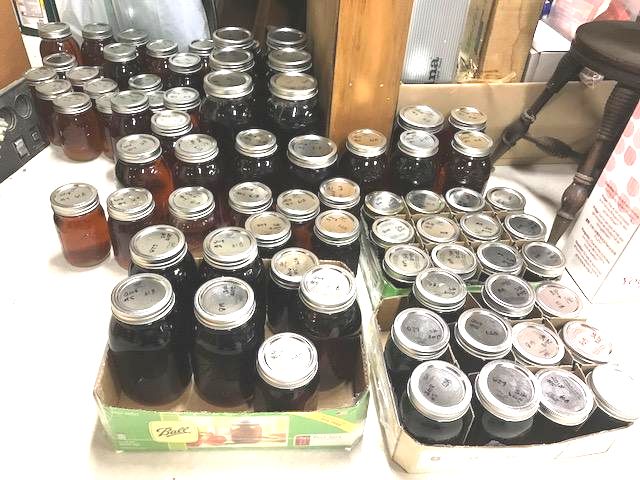



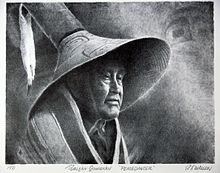
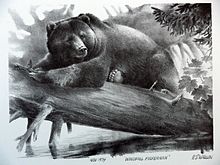
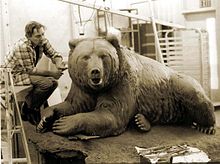
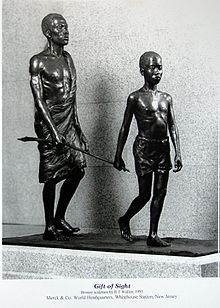
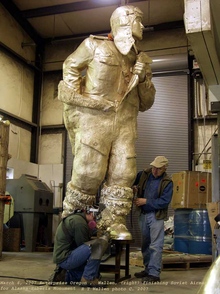
 RSS Feed
RSS Feed